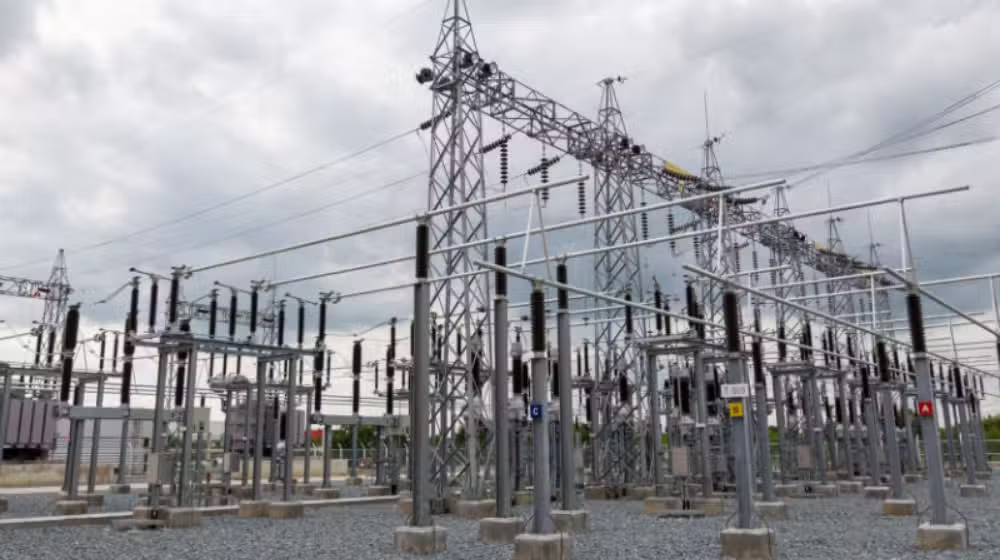In a significant development for Pakistan’s energy sector, the country has reached its highest power generation levels in four years, signaling a positive shift towards energy security and sustainability.
Record-Breaking Generation in FY2024
According to the Pakistan Economic Survey 2023–24, the total electricity generation in the fiscal year 2024 stood at 92,091 GWh, surpassing previous records and indicating a robust performance of the national grid. This achievement reflects the successful integration of diverse energy sources and improved operational efficiencies.
Diversification of Energy Sources
A notable aspect of this achievement is the diversification of Pakistan’s energy mix. As of March 2024, the installed electricity generation capacity reached 42,131 MW. The breakdown is as follows:Wikipedia+1Energy Update+1
- Thermal Power: 59.4% (24,688 MW)
- Hydropower: 24.7% (10,264 MW)
- Nuclear Power: 8.8% (3,657 MW)
- Wind: 4.8% (1,995 MW)
- Solar: 1.4% (667 MW)
- Bagasse: 0.9% (374 MW)
This diversification has reduced the country’s dependence on imported fuels, contributing to energy security and cost stability.
Renewable Energy Integration
Despite challenges, Pakistan has made strides in integrating renewable energy into its grid. The share of utility-scale renewables in the generation mix increased marginally from 6% to 7% in 2024. However, the overall contribution of renewable sources (wind, solar, and bagasse) remained at 5%, indicating the need for continued investment and infrastructure development to meet the 2030 target of 30% renewable energy share .
Challenges and Infrastructure Constraints
Despite the record generation, the sector faces challenges related to transmission bottlenecks and overloaded grid infrastructure, particularly in transferring power from southern to northern regions. These constraints have led to reliance on more expensive RLNG-based generation, increasing energy purchase costs to PKR 1.3 trillion in FY24, with RLNG alone accounting for approximately 51% of the total energy purchases .
Strategic Policy Initiatives
The government has recognized these challenges and is implementing strategic policy initiatives to enhance the energy sector’s efficiency and sustainability. The Integrated Generation Capacity Expansion Plan (IGCEP) 2024–34 aims to save Rs4.7 trillion by excluding costly power projects and focusing on low-cost, indigenous, and renewable energy sources. This plan includes the addition of 7,987 MW from hydropower, solar, wind, and nuclear energy sources, aligning with the goal of reducing reliance on imported fuels .Profit by Pakistan Today
Future Outlook
Looking ahead, Pakistan’s energy sector is poised for further growth and transformation. The ongoing development of projects like the Dasu Dam, which is expected to add 4,320 MW of hydropower capacity by 2029, and the Chashma Nuclear Power Plant Unit 5, which is under construction with an expected completion date of 2030, will significantly contribute to the country’s energy supply .
In conclusion, Pakistan’s achievement of record power generation levels in 2025 reflects the successful implementation of diversified energy strategies and policy reforms. While challenges remain, the country’s commitment to enhancing energy infrastructure and integrating renewable sources positions it on a path toward a more sustainable and secure energy future.
Topics #featured #trending pakistan




